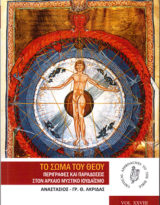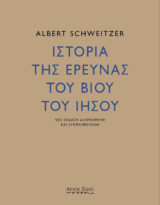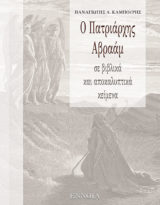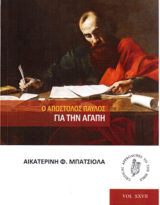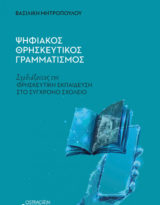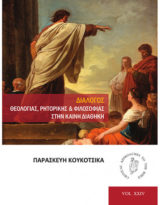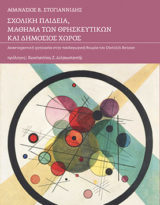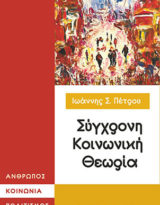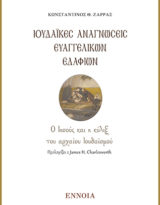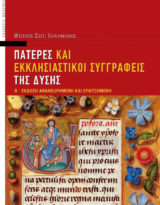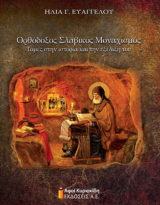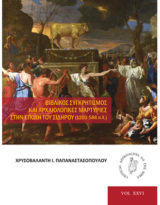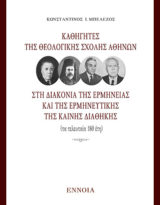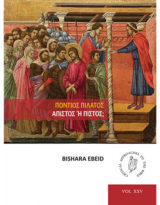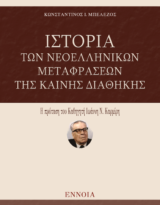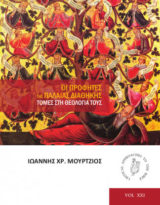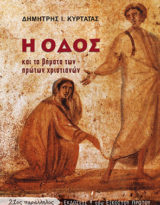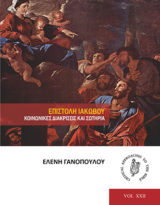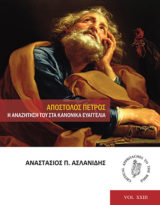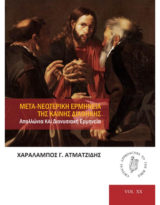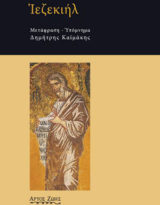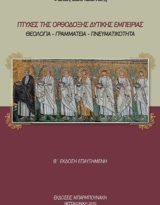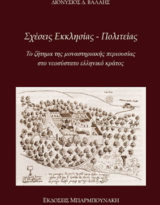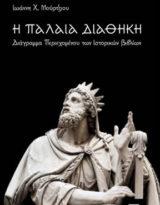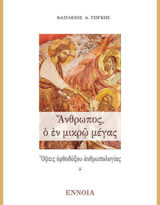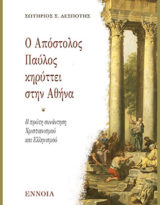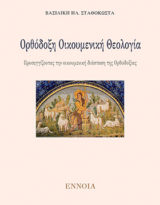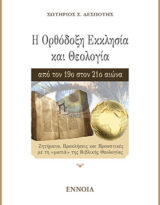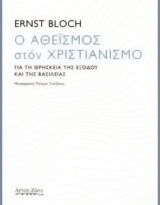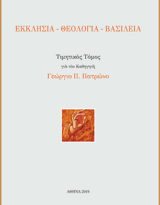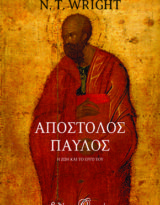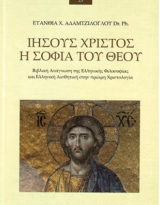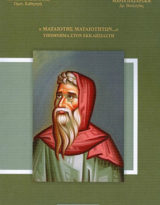Περίληψη της εισήγησης του Επίκουρου Καθηγητή του Τμήματος Θεολογίας του ΑΠΘ στο Διεθνές Συνέδριο με θέμα: «Ο Αμβρόσιος Μεδιολάνων στη χριστιανική γραμματεία και θεολογία»
 Saint Ambrose of Milan, one of the most brilliant Fathers of the Church, could not remain unknown to the Slavic people. So we can argue that they learned about him soon after their Christianization. We should point out here that the Slavs could not access his work easily, because of the decisive role played by the provenance and language of the missionaries, who worked in the Slavic world after Cyril and Methodius. Furthermore, since a part of the Slavs was connected either to Rome or to Constantinople after the Schism their Tradition was shaped accordingly.
Saint Ambrose of Milan, one of the most brilliant Fathers of the Church, could not remain unknown to the Slavic people. So we can argue that they learned about him soon after their Christianization. We should point out here that the Slavs could not access his work easily, because of the decisive role played by the provenance and language of the missionaries, who worked in the Slavic world after Cyril and Methodius. Furthermore, since a part of the Slavs was connected either to Rome or to Constantinople after the Schism their Tradition was shaped accordingly.
So, the western Slavs, who followed the Church of Rome after the schism and stayed connected with the Latin Tradition, could easily access the work of Ambrose. On the other hand, the Southern and eastern Slavs who followed Constantinople and the Greek Tradition had difficulties in accessing his work. But, we should say that they never forgot Saint Ambrose and his work.
The research through catalogues of manuscripts kept in various libraries (mainly in Mount Athos, Mount Sinai, Bulgaria and Russia) shows the continuous cult and hagiological honor of Saint Ambrose in manuscripts of Menaia and Synaxaria especially from the 13th century onwards. These manuscripts are written in Bulgarian, Serbian and Russian, a fact which proves that Saint Ambrose was honored by the orthodox Slavic world. His memory is honored on December 7th in all the Menaia and Synaxaria.
Although the number of these manuscripts is rather small, their geographical dissemination from Russia and Bulgaria to Mount Athos and Mount Sinai and their date from the 13th century up to the 18th, proves them a characteristic and trustworthy sample for our research.
For example, the oldest record we could trace comes from the manuscript No 14/N of the New Collection of Mount Sinai. It is written in Serbian and is dated in the 13th century. It contains Heortologion of the whole year and Saint Ambrose is honored on 7th December. We find Saint Ambrose’s cult and hagiological honor in 4 manuscripts of the 14th century.


